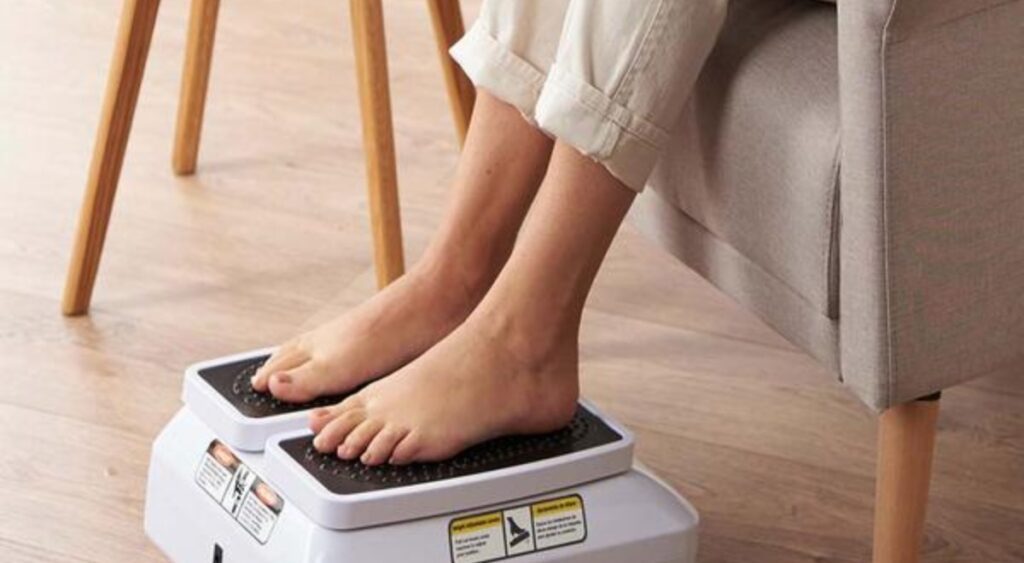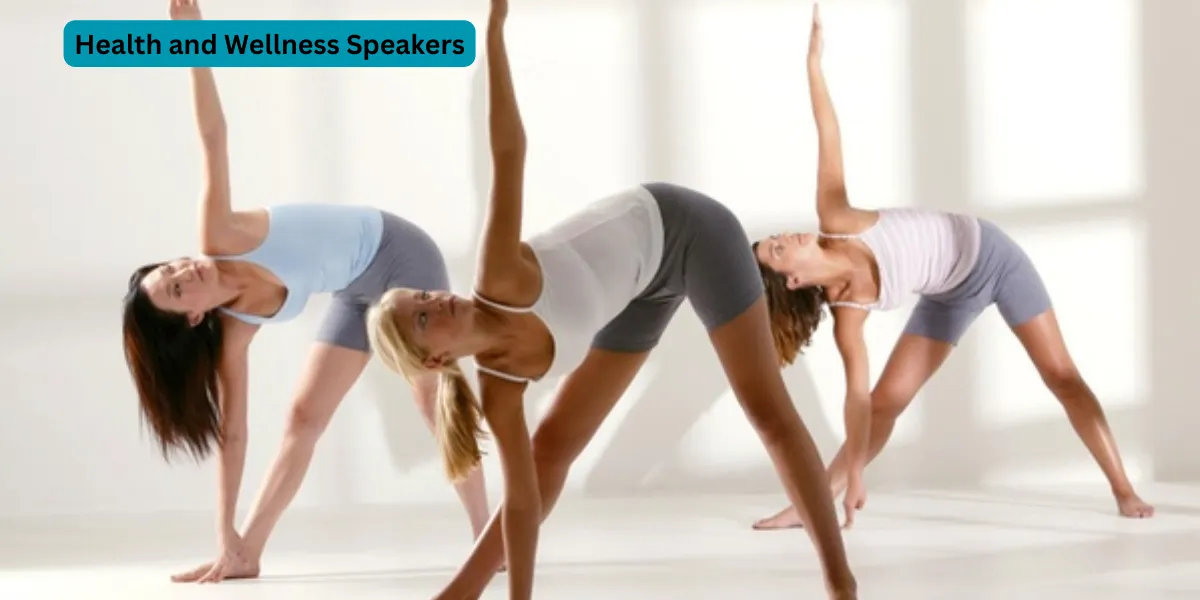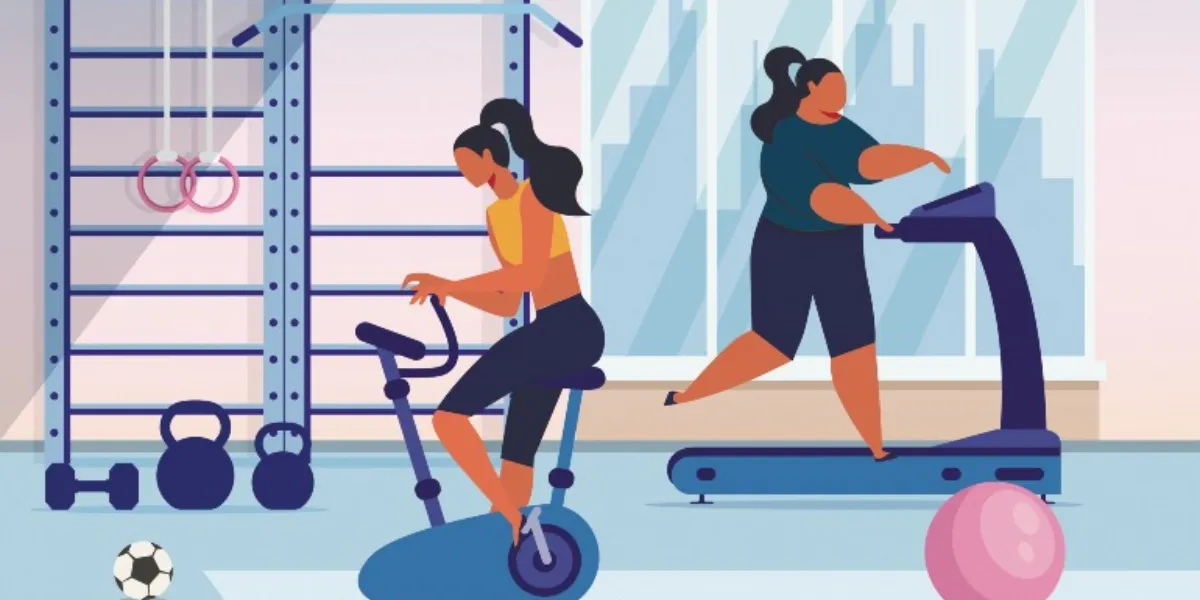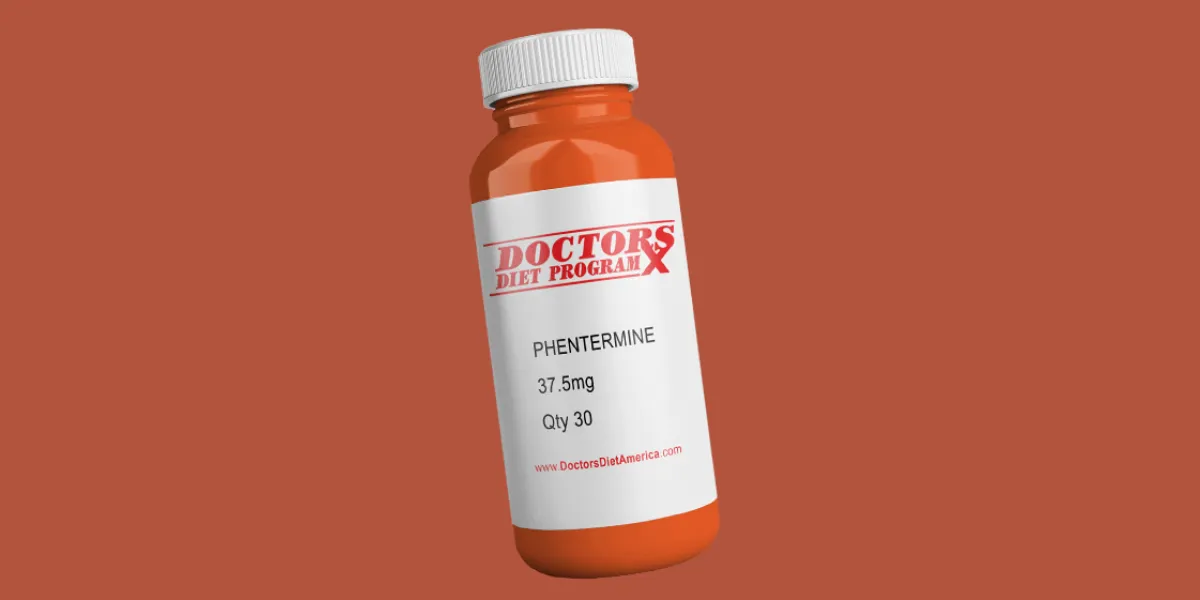Poor circulation in the feet can lead to discomfort and various health issues. Fortunately, there are effective exercises and machines designed to enhance blood flow and promote overall foot health. In this comprehensive guide, we’ll delve into the best foot exercises, and circulation-improving machines, and answer frequently asked questions to help you achieve optimal foot circulation.
Table of Contents
ToggleBest Exercises for Poor Circulation in Feet
If you’re wondering about the best exercises for poor circulation in the feet, consider activities that promote blood flow. Aerobic exercises such as walking, cycling, and swimming are excellent choices. Additionally, simple foot exercises like toe taps, ankle circles, and heel lifts can be done anywhere, making them convenient for daily practice.
Best Machine for Poor Leg Circulation
When it comes to machines for poor leg circulation, the LegXercise stands out. This innovative device provides a low-impact, seated workout specifically targeting the lower extremities. Its gentle motion stimulates blood flow, making it an excellent option for those with mobility issues or desk-bound lifestyles.
Exercise Equipment for Blood Circulation
Various exercise equipment can effectively enhance blood circulation. In addition to dedicated foot exercisers, consider using resistance bands, balance boards, and elliptical machines. These tools engage different muscle groups, contributing to overall cardiovascular health.
LegXercise and Circulation
LegXercise, known for its seated leg motion technology, can significantly contribute to improved circulation. Its rhythmic movement promotes blood circulation in the lower limbs, making it a valuable addition to your routine, especially if you have limited mobility.
Effectiveness of Foot Pedal Exercisers
Foot pedal exercisers, compact and versatile, are effective in promoting circulation. Whether at home or work, using a foot pedal exerciser allows you to engage in gentle leg movements, preventing blood stagnation.
Frequency of Leg Exerciser Use
To maximize the benefits of your leg exerciser, aim for regular sessions. Using it for 20-30 minutes a day, several times a week can help maintain healthy circulation. However, it’s crucial to consult with a healthcare professional to determine the frequency that suits your individual needs.
Do Foot Circulation Machines Work?
Foot circulation machines can be effective in promoting blood flow and reducing discomfort associated with poor circulation. These devices typically offer customizable settings, allowing users to tailor their experience based on their comfort level and specific requirements.
Signs of Poor Circulation
Recognizing signs of poor circulation is essential for early intervention. Symptoms may include cold or numb extremities, tingling sensations, muscle cramps, and slow-healing wounds. If you experience persistent issues, consult with a healthcare professional for a thorough assessment.
Vitamins for Circulation in Legs and Feet
Certain vitamins play a role in promoting healthy circulation. Vitamin C, Vitamin E, and B vitamins, particularly B6, B9, and B12, are known for their positive effects on blood flow. Including a well-balanced diet with these vitamins can contribute to overall circulatory health.
Reversing Poor Circulation in Legs
While improving circulation is crucial, it’s also possible to reverse poor circulation in the legs. Adopting a healthy lifestyle that includes regular exercise, a balanced diet, and avoiding prolonged periods of sitting or standing can positively impact blood flow.
Best Foot Circulation Machine
Determining the best foot circulation machine depends on individual preferences and needs. Options include foot massagers, foot spas, and oscillating foot platforms. It’s advisable to choose a machine that aligns with your specific requirements and provides the desired level of comfort.
Best Foot Circulator
A top-rated foot circulator typically offers customizable settings, ease of use, and targeted massage features. Researching user reviews and consulting with healthcare professionals can help you identify the best foot circulator for your unique needs.
Drinks That Improve Arterial Health
Maintaining arterial health is crucial for circulation. Consuming drinks rich in antioxidants, such as green tea and pomegranate juice, can have positive effects on arterial function. These beverages promote blood vessel dilation, supporting overall cardiovascular health.
Fixing Bad Circulation in Feet
Addressing bad circulation in the feet involves a multi-faceted approach. In addition to exercise and using circulation-improving devices, maintaining a healthy weight, managing stress, and avoiding tobacco use contribute to better circulatory health.
Wiggling Toes for Circulation
Simple activities like wiggling toes can aid in improving circulation. This easy exercise engages the muscles in the feet and promotes blood flow. Consider incorporating toe wiggling into your daily routine, especially during periods of prolonged sitting.
LegXercise and Neuropathy
LegXercise’s gentle motion can be beneficial for individuals with neuropathy. Its low-impact design allows for controlled movement, potentially providing relief for those experiencing neuropathic symptoms.
Leg Shaking for Improved Circulation
While sitting, shaking your legs can help improve circulation. This simple movement activates leg muscles, enhancing blood flow. However, it’s essential to strike a balance and avoid excessive or disruptive shaking, especially in shared spaces.
Vibrating Legs and Circulation
Some people find that gently vibrating their legs can help improve circulation. Whether through specialized devices or self-applied techniques, the subtle vibrations may stimulate blood flow and reduce discomfort associated with poor circulation.
Why Avoid Moving Legs While Sitting?
Although occasional leg movement is beneficial, excessive or constant leg movement while sitting may be perceived as distracting in certain settings. It’s essential to strike a balance between promoting circulation and respecting social norms, especially in shared spaces.
Fixing Poor Circulation in Legs
Addressing poor circulation in the legs involves a holistic approach. Incorporate regular exercise, maintain a healthy diet, and consider circulation-improving devices. Consultation with a healthcare professional is crucial for personalized advice.
Tapping Feet When Sitting
Tapping feet when sitting is a common habit and may provide a subconscious way of promoting blood flow. While this behavior can be harmless, being mindful of your surroundings and the impact on others is important, especially in quiet or formal settings.
Maintaining good circulation in the feet is essential for overall health and well-being. By incorporating the right exercises, utilizing circulation-improving machines, and adopting a healthy lifestyle, you can promote optimal blood flow and prevent discomfort associated with poor circulation. Remember to consult with healthcare professionals for personalized advice based on your specific needs.

Maintaining Circulatory Health: A Holistic Approach
To maintain circulatory health, it’s crucial to adopt a holistic approach. Here are some additional tips:
- Hydration Matters: Staying adequately hydrated is essential for overall health, including circulatory function. Drink plenty of water throughout the day to support optimal blood flow.
- Compression Therapy: Consider compression socks or stockings, which can help reduce swelling and improve blood circulation in the legs. These garments provide gentle pressure to support venous return.
- Elevate Your Feet: When possible, elevate your feet to reduce swelling and facilitate blood flow back to the heart. This simple practice can be especially beneficial after prolonged periods of sitting or standing.
- Healthy Diet: A diet rich in fruits, vegetables, and whole grains provides essential nutrients that support circulatory health. Foods high in omega-3 fatty acids, like fatty fish and flaxseeds, can also contribute to heart health.
- Manage Stress: Chronic stress can negatively impact circulation. Practice stress-reducing techniques such as meditation, deep breathing exercises, or yoga to promote relaxation and overall well-being.
- Avoid Tobacco Products: Smoking and the use of tobacco products can constrict blood vessels, impeding proper circulation. Quitting smoking is one of the most beneficial steps you can take for your circulatory health.
Understanding Poor Circulation: Signs and Symptoms
It’s essential to recognize signs of poor circulation early on. Keep an eye out for the following symptoms:
- Cold or numb extremities: Persistent coldness or numbness in the feet and legs may indicate poor circulation.
- Tingling sensations: The sensation of “pins and needles” or tingling in the extremities could be a sign of reduced blood flow.
- Muscle cramps: Cramping in the legs, especially during physical activity, may be linked to poor circulation.
- Slow-healing wounds: Impaired circulation can affect the body’s ability to heal, leading to delayed wound healing.
If you experience any of these symptoms, it’s essential to consult with a healthcare professional for a thorough evaluation.
Reversing Poor Circulation in Legs and Feet
Reversing poor circulation requires consistent efforts and lifestyle changes. Here are the steps you can take:
- Regular Exercise: Engage in regular aerobic exercises such as walking, jogging, or cycling to promote blood flow. Strength training can also improve overall cardiovascular health.
- Healthy Diet: Adopt a diet rich in fruits, vegetables, whole grains, and lean proteins. Limit the intake of saturated fats, cholesterol, and sodium.
- Maintain a Healthy Weight: Excess weight can contribute to poor circulation. Achieving and maintaining a healthy weight through diet and exercise can have a positive impact.
- Avoid Prolonged Sitting or Standing: Take breaks to move and stretch, especially if your job involves long periods of sitting. When standing, shift your weight from one leg to another and avoid standing in one position for too long.
- Compression Therapy: Consider compression garments as recommended by a healthcare professional to support circulation.
- Stay Consistent: Consistency is key when addressing circulation issues. Make these lifestyle changes a part of your daily routine for long-term benefits.
Frequently Asked Questions
1. Can You Fix Bad Circulation in Feet?
Yes, adopting a healthy lifestyle, incorporating exercise, and using circulation-improving devices can help address and improve poor circulation in the feet.
2. Does Wiggling Toes Help Circulation?
Wiggling toes is a simple exercise that engages foot muscles and promotes blood flow, making it a beneficial practice for improving circulation.
3. Is LegXercise Good for Neuropathy?
LegXercise’s gentle motion can provide relief for individuals with neuropathy. However, it’s essential to consult with a healthcare professional for personalized advice.
4. Does Shaking Your Leg Improve Circulation?
Gently shaking your legs while sitting can stimulate blood flow and improve circulation. However, be mindful of the environment and avoid excessive or disruptive movement.
5. Does Vibrating Your Legs Help Circulation?
Vibrating legs, whether through specialized devices or self-applied techniques, may stimulate blood flow and alleviate discomfort associated with poor circulation.
6. Why Shouldn’t We Move Our Legs While Sitting?
While occasional leg movement is beneficial, excessive or constant leg movement in certain settings may be perceived as distracting. It’s essential to strike a balance and be mindful of your surroundings.














